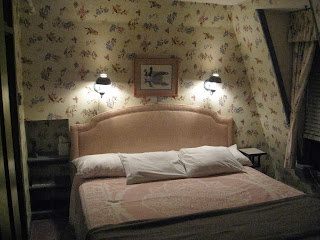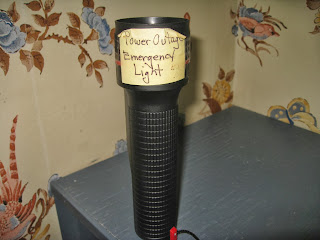Chesapeake deals with the history of the Great Chesapeake Bay area, specifically a small area of Maryland's eastern shore where the Choptank River flows into the Chesapeake. Michhener begins in 1583 with a regal Susquehannock indian called Pentaquod. From there we are introduced to all manner of humankind that called the Eastern Shore their home. The Steed, Turlock, Paxmore, and Cater families become unforgettable. After I had read the novel for the first time I decided I had to visit this area. I primarily wanted to "scratch the Michener itch" but also to visit and photograph some of the wildlife areas if possible.

After a long drive from Michigan we arrived in Oxford, Maryland to stay for two nights at the Robert Morris Inn (www.robertmorrisinn.com). This inn was built in 1710 by ship carpenters and still has wooden pegged paneling in the main dining room. Robert Morris was a wealthy ship builder who helped finance the American Revolution and was visited many times by his friend George Washington. James Michener chose this inn to write the outline for his book and ate many of his meals here. That alone was enough reason to book one of their rooms.
When you stay at a 300 year old colonial inn you must be prepared to be a little flexible if your only comparison point is the Hyatt Regency. The weather was unseasonably hot and central air is only a dream at this point. The upstairs hallway leading to our room was approaching 100 but two window air conditioners worked on max to keep the room comfortable. I do not believe there is a level floor any where. If a marble was placed in the center of our room it would rapidly hit the side wall with a clunk. The emergency lighting was a labeled flashlight next to the bed. Bottom line: staying here is a little adventure mixed with a wonderful experience.
British born Mark Salter is the chef/proprietor of the Inn. After settling in we found we could dine either in the less formal, slate floored Tavern and Taproom or the formal chandeliered dining room. We chose the dining room. I ordered the seafood platter while Edie had the crabcakes. Although the portions were on the small side they were excellent.
In Chesapeake, the village of Patamoke plays a central role. Patamoke does not really exist but is a composite of several area towns that Michener researched. Oxford, where we stayed, along with Easton, St. Michaels, and Tilghman Island all contributed. Wanting to experience all of these places we ate an early breakfast at the inn and took the Oxford-Bellevue ferry (established 1683) across the Tred Anon River which is a contributary of the Choptank River. The ferry is right next to the inn and the ten minute ride costs $12. While conversing with the deck hand I found out that his mother ran the post office in St. Michaels where Michener picked up his mail. She has an autographed copy of Chesapeake.
 |
| The Skipjack Rosie Parks slated for completion this year |
 |
| The working boatyard |
 |
| An illegal duck gun could kill dozens with one shot. You would point the boat rather than the gun |
Michener actually wrote his novel while living in St. Michaels and that was our first destination. After exploring the town we purchased tickets for the Chesapeake Bay Maritime Museum (www.cbmm.org). The $13 ($10 for seniors) admission was worth every penny. The life of the bay area and Michener's stories came to life here. The log canoes, skipjacks, and exhibits such as "Oystering on the Chesapeake" and waterfowling methods (both legal and illegal) brought the bay history and Michener's stories to life.
 |
| Leaving St Michaels aboard the Patriot |
Docked next to the Museum is The Patriot, a 149 passenger cruise ship which gives a narrated tour (www.patriotcruises.com) down the Miles River.
We continued our tour by driving to Easton. Michener's original manuscript is kept at the library there but is not on public display. There is, however, the Third Haven Meeting House which Michener mentioned in his book. Quakers played an important role in the history of the area and the imaginary Paxmore family was one of the most influential. The original building (now known as the meeting house) was built in 1682 and is the oldest religious structure in the United States and the earliest dated building in Maryland. It is very simple both inside and out as one would expect and sits wide open to the public.









No comments:
Post a Comment